Anastasiia Lisitsyna (1995) is a photographer, born in Kurgan, based in St. Petersburg.
We always start our interviews with a question — tell us, how did you get into photography?
I was born and grew up in Kurgan, which is a small town in the Urals. I started taking photos at the age of 12, when I got my hands on our family soap box. I shot everything around me with it: my room, the nature, funny still life photos and self-portraits. When nobody was home, I wore my mum's clothes, did my hair and makeup, then I shot pictures with my girlfriends.
You studied cinematography at the St Petersburg State Institute of Film and Television. How has cinema influenced your vision of photography? What has shaped your style?
At the age of 17 I entered the Institute of Film and Television and moved to St. Petersburg, my first year at the institute was incredibly difficult — we were graded according to academic standards, and I was way behind the rest of the class, receiving harsh criticism from the masters. This led me to shoot exactly as required, completely changing my own preferences, the photographs of those years reflect very little of me.
But it was thanks to the Institute that I began to shoot on film — even before I started, I prepared for the film entrance exam, learned to develop it myself and even printed some frames by hand.
I really valued the films I saw in college — we were shown all kinds of amazing pictures which I hadn't seen before. I grew up in pop culture, so you could say that the institute really opened up the world of good cinema to me.
I think through cinema I gravitate towards the horizontal frame, the film, the grain, the sense of movement in the frame, as if it were a still from a film rather than a photograph; I always want to see "characters" with character in the frame, rather than just beautiful models dressed in nice clothes. I try to imbue my photos with a story, a storyline, sometimes it's quite obvious and sometimes it's not, but it's important to me to have a story.
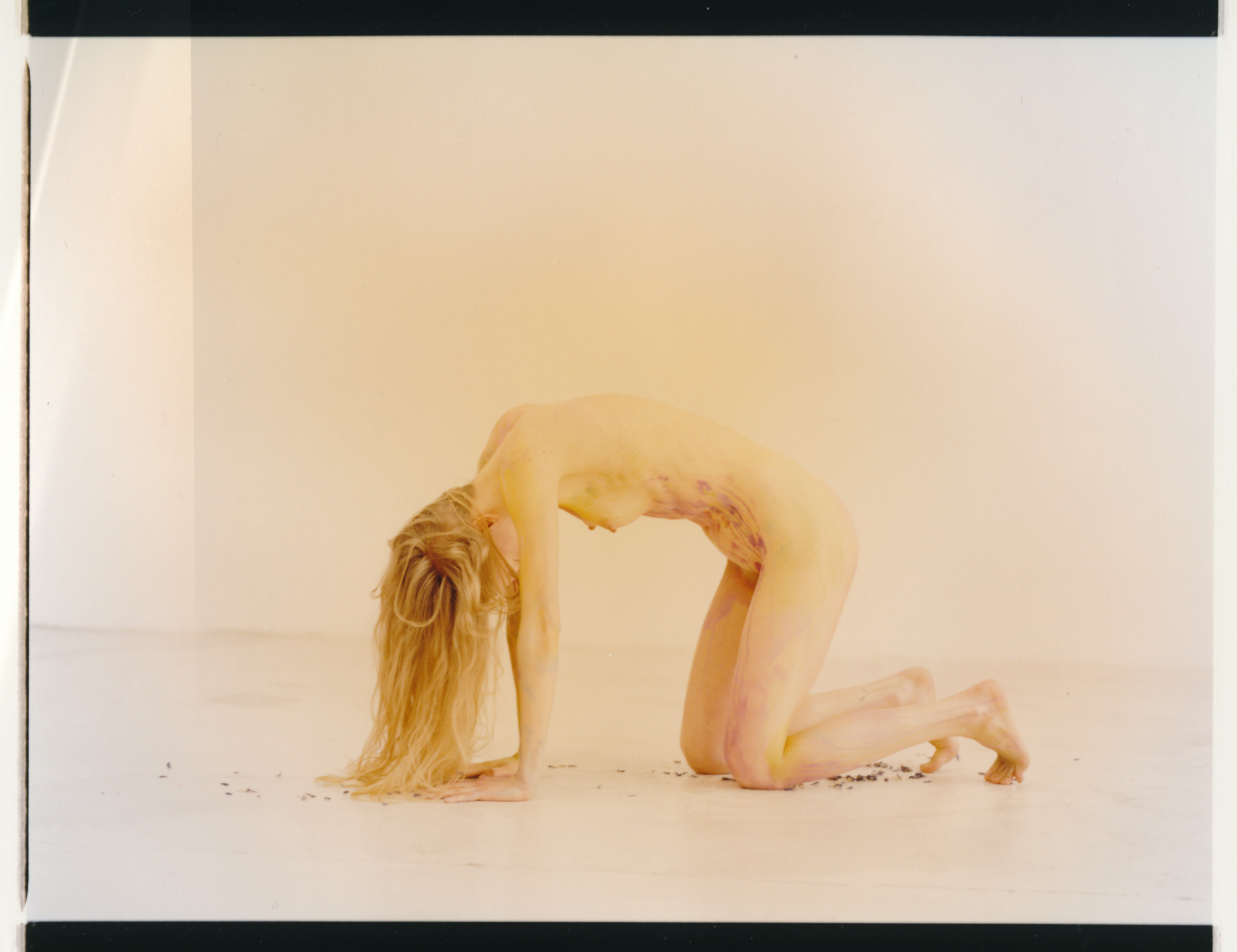

How did your journey into fashion photography begin? What attracted you to the fashion industry?
When I was a child, before social media existed, I was always buying magazines and looking at photos, and I even had a part of my room full of wallpaper covered with magazine cut-outs. When I started shooting friends I tried to copy some composition techniques, framing, and fantasized that one day I would also shoot for magazines and brands.
When I moved to St. Petersburg I shot modeling tests for free to build my portfolio. That is how I got my first commercial shoot - it was a small lookbook for a designer just starting out.
I'll be honest, initially I didn't have any unique vision for the shot or cool taste - it took a huge amount of effort to get to where I am now. My journey is already a very long one, but I still feel like I'm at the beginning of it.
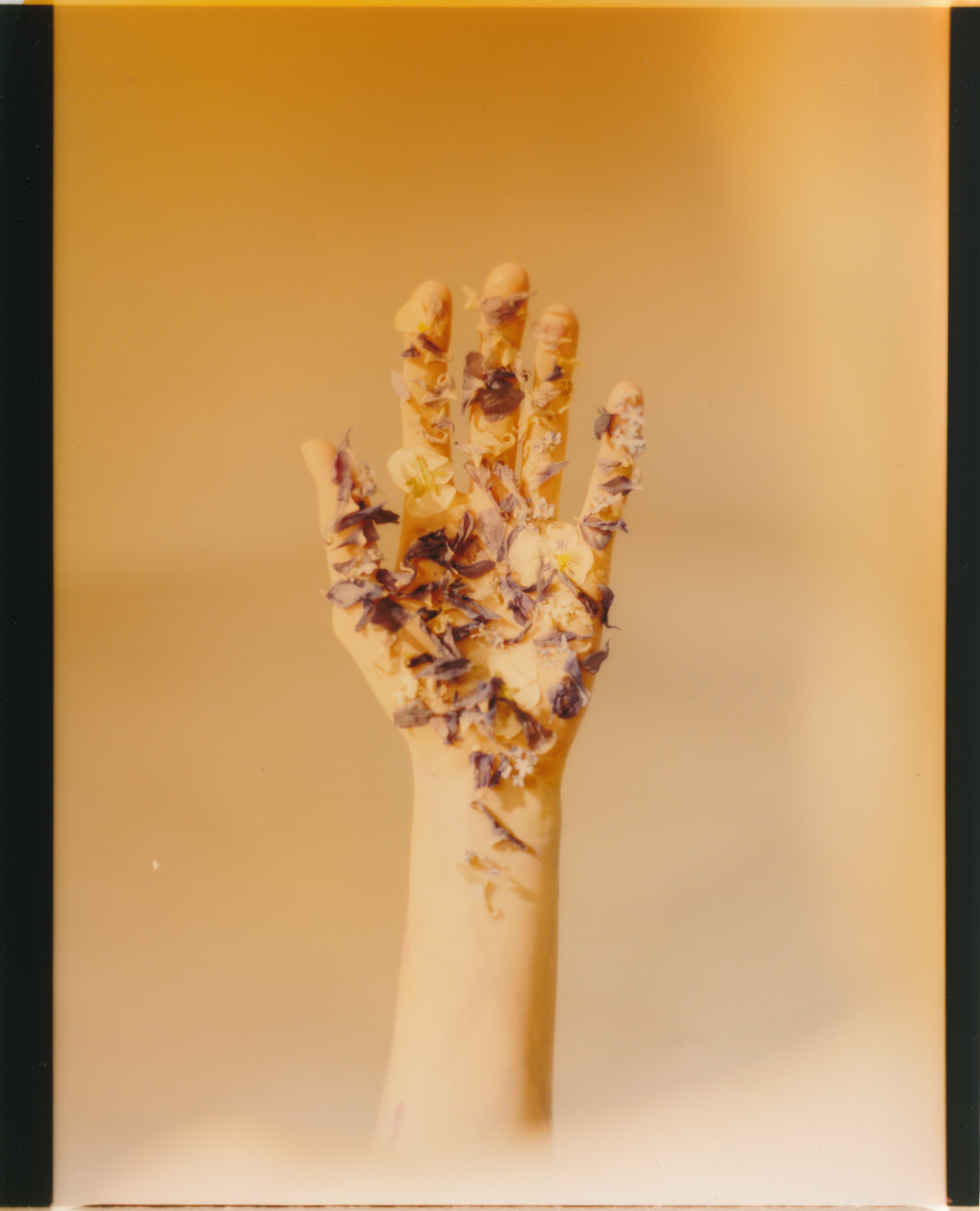
There's a deep interest in the human body in your photographs, it seems romantic and even divine. What do you think of the fact that in today's world, the canons of beauty have widened, and what once seemed to be a flaw can now be put on a pedestal? Has it given you more scope for creativity in fashion shoots?
As a teenager, when my figure started to change, I developed a huge hatred for my body and I sat in 40kg and -60kg Vkontakte groups, where girls discussed different diets and then shared their results to motivate others. I tried a bunch of diets, exercised for a long time out of hatred for my body and cried all the time.
On the other hand, my family has always had a free attitude towards sex, naked body, it was not something taboo and shameful. My grandmother instilled in me a body-conscious attitude as a child - she did yoga, always cooked healthy, tasty food, in the summer we used to bathe in her dacha and then run and bathe naked in the river.
I think this background made me want to work with this subject.
My attitude towards the body and body photography changes a lot over time, it's interesting to compare my photographs from different periods and see the difference clearly.
I like modern trends, they do give you more freedom, but there is still a long way to go and we all have a lot to look forward to.
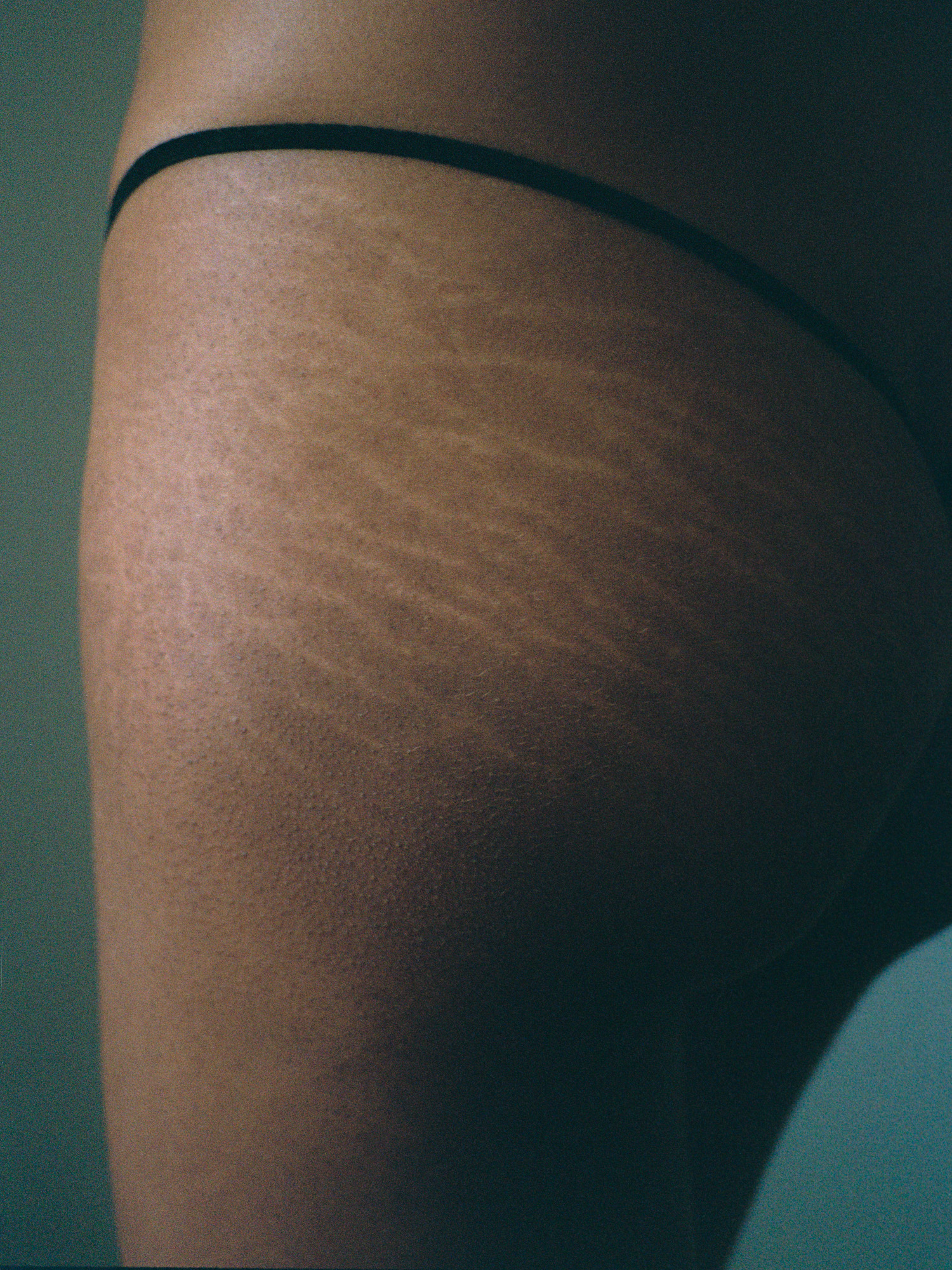
Do you collaborate a lot with My812? Tell us about your collaboration.
Oh, I don't even know what to tell you here, it's all about love with MY812 — hopefully you can feel it in the shoots themselves! When we did our first shoot in 2018, I was still at university, I had very little portfolio and few shoots for brands - I'm grateful to the guys for taking a chance and inviting me in then.
In fashion photography, the team is very important. When you work with people with whom you look in the same direction and understand each other sometimes without words, with whom you're not afraid to make mistakes and try new things, it leads to a completely different result.
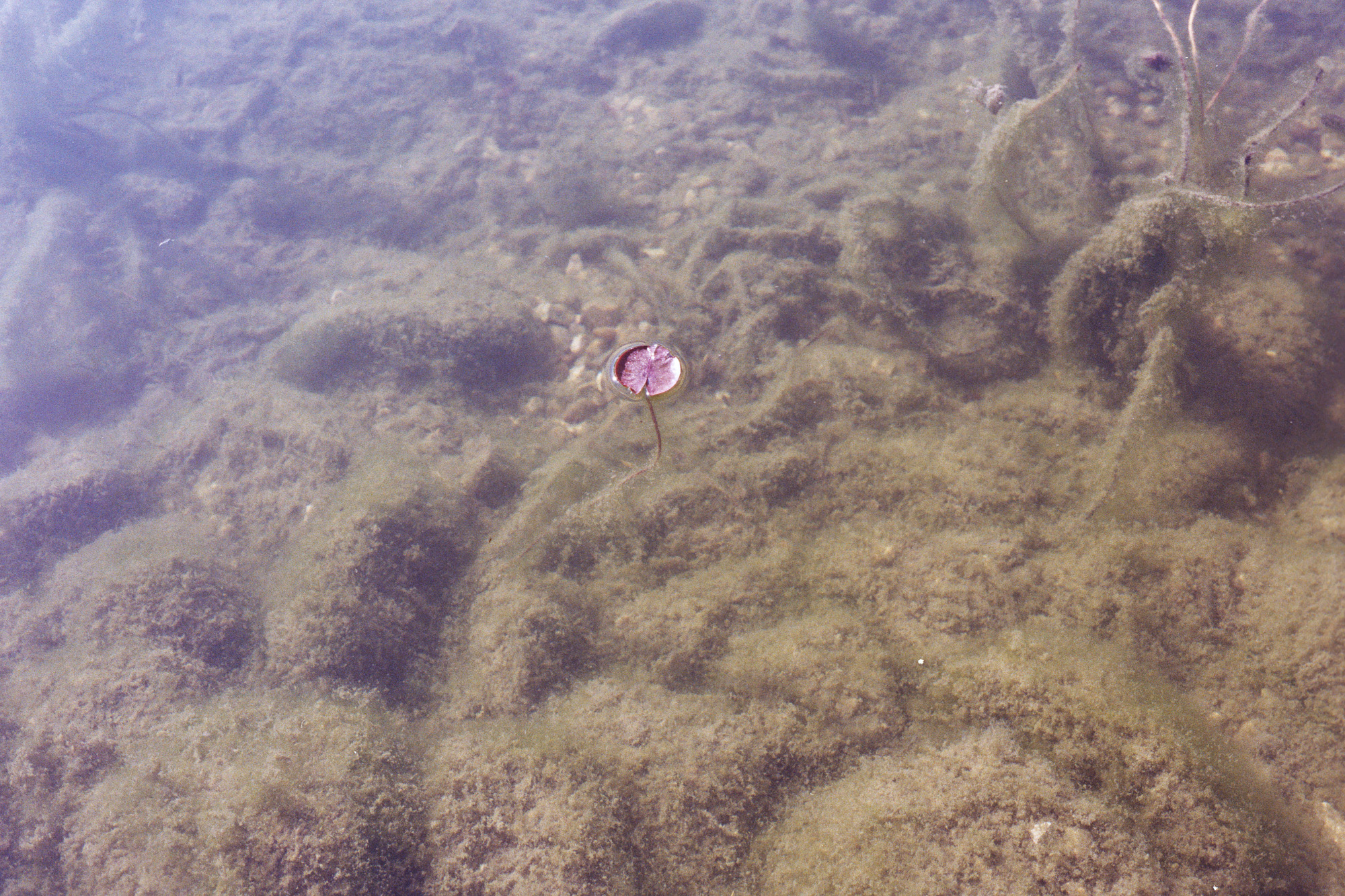
Fashion industry: is it more a commercial story or it can be attributed to contemporary art? How do you see the fashion industry now?
Among other things, the main purpose of the fashion industry is sales, so it cannot be denied that it is a commercial story, but it seems to me that part of contemporary art is also created for income in the same way. Honestly, I`m not a big fan of such reasonings.
The fashion industry has a huge audience and quite a lot of influence, so when big brands start broadcasting a healthier attitude to appearance, to the body, to sexuality, working with models of different ages, addressing environmental issues and so on, it inspires and prompts a lot of people to think. It's no longer enough just to make pretty clothes or a pretty picture.
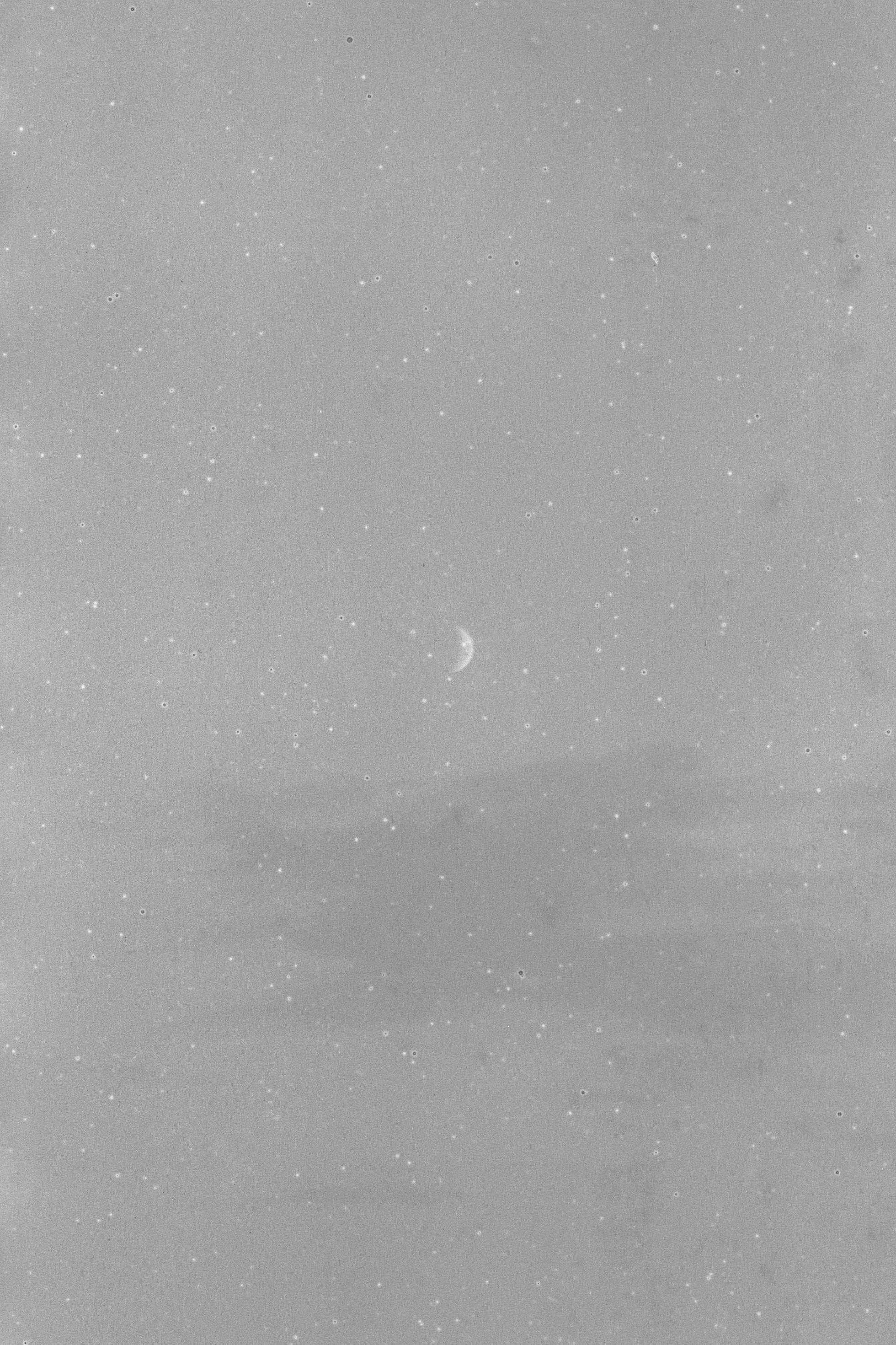
Which were your most memorable shoots? Why?
The most memorable shoots are always the ones I take on location, after which I always feel a special appreciation for the fact that it is my job. One of them was in the Rub al-Khali Desert. A couple of days before the trip, I saw a Japanese film A Woman in the Sands (1964, by Hiroshi Teshigahara) where most of the action takes place in a house made of logs and straw that stands in the desert, and in the end, we all lived in one of those houses. You step out of the house and there are expanses of sand dunes all around. On the last day before we left, I got up at six in the morning to watch the sunrise in the desert, the air was very fresh and there was fog in the desert! Fog!!! In the desert! It must have been one of the most incredible landscapes I've ever seen.
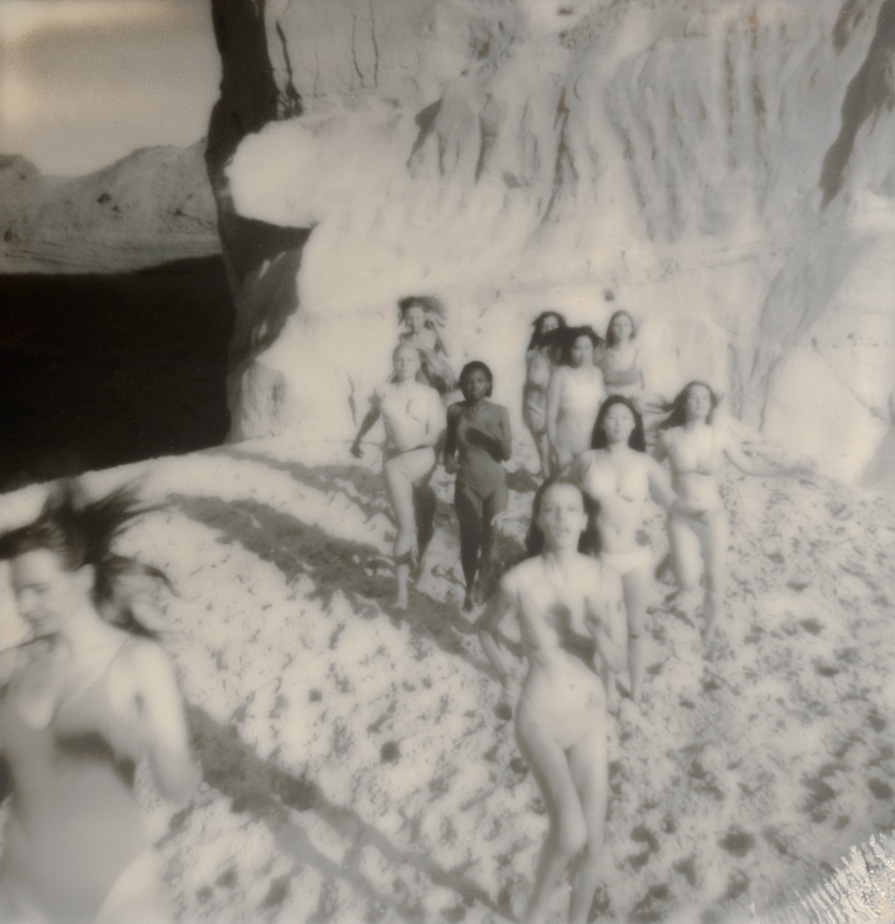
What's your advice for aspiring photographers going into fashion? What do you think is worth agreeing with your clients, and which aspects do you have to pay attention to?
There are always certain trends in fashion photography - you can't go anywhere without them, so there's a great danger of falling under their influence completely, losing your own visual language. So my main advice is to always remember what you yourself are about: that you're not willing to shoot for money or for the likes on Instagram. Try to reflect, make creative shoots, if you feel you are getting lost — take pauses, develop and fill yourself up: read, watch movies, listen to music, travel, be in nature.
And one more piece of advice is to teach yourself to be careful and reverent with your archives, especially with your non-commercial shoots: if you shoot on film, always take the negatives, store them neatly, ideally in large folders where everything will be signed, digitally, try to systematize your material, back it up to the cloud or to several SSD drives.
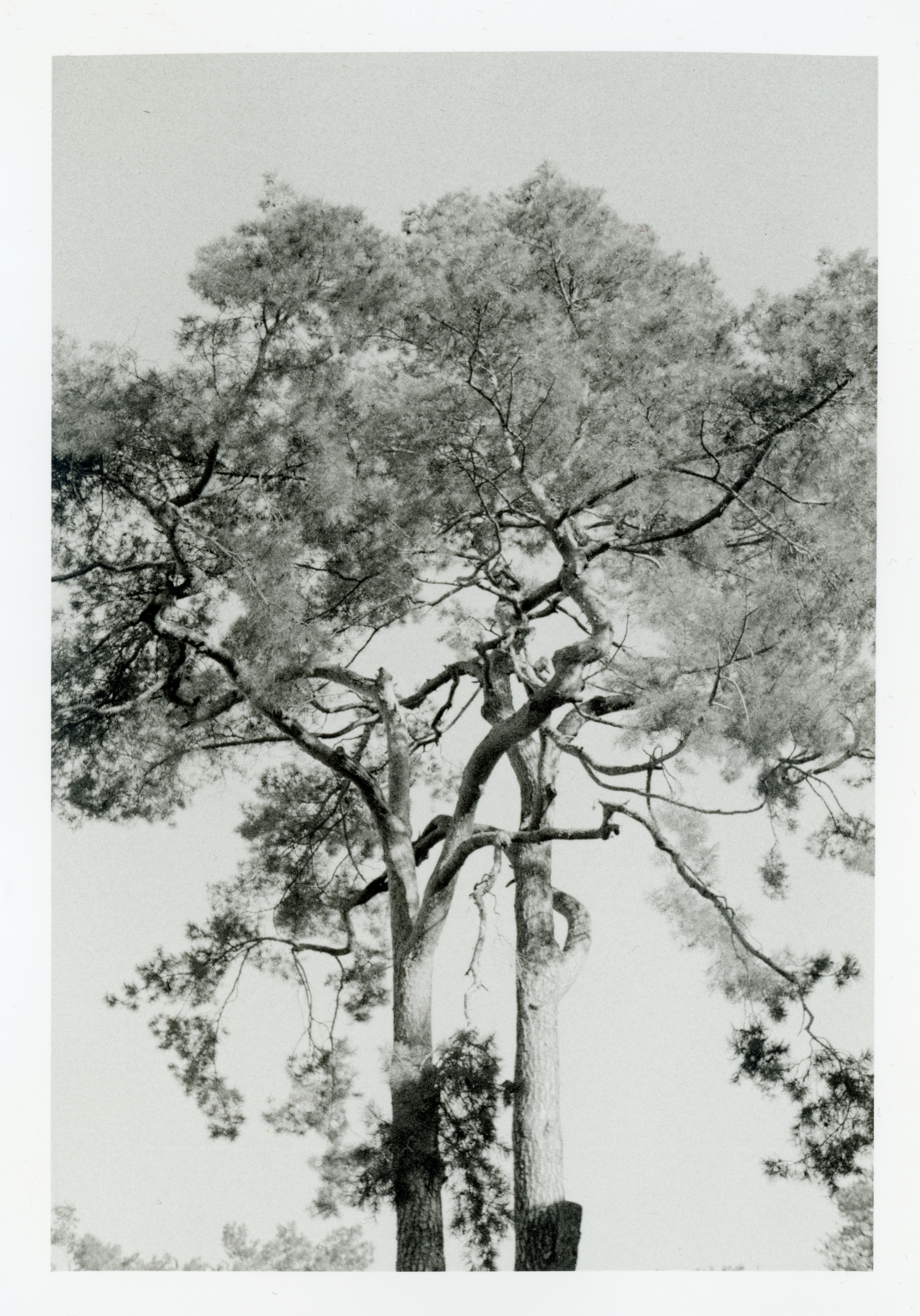
In commercial photography, clients often influence the formation of projects. Is this not the case with you? Are you trusted to create projects from start to finish?
I often work in a team with the art director Zalya Shokarova. We work well together, so we are often entrusted with projects in their entirety. I think that the more freedom we have, the more interesting and extensive the result. But in any case, I now come to accept different formats of work - realizing the task at hand, if it is near and clear to you, is also an interesting process, in which you can find quite a few challanges, and I don't deny this format.
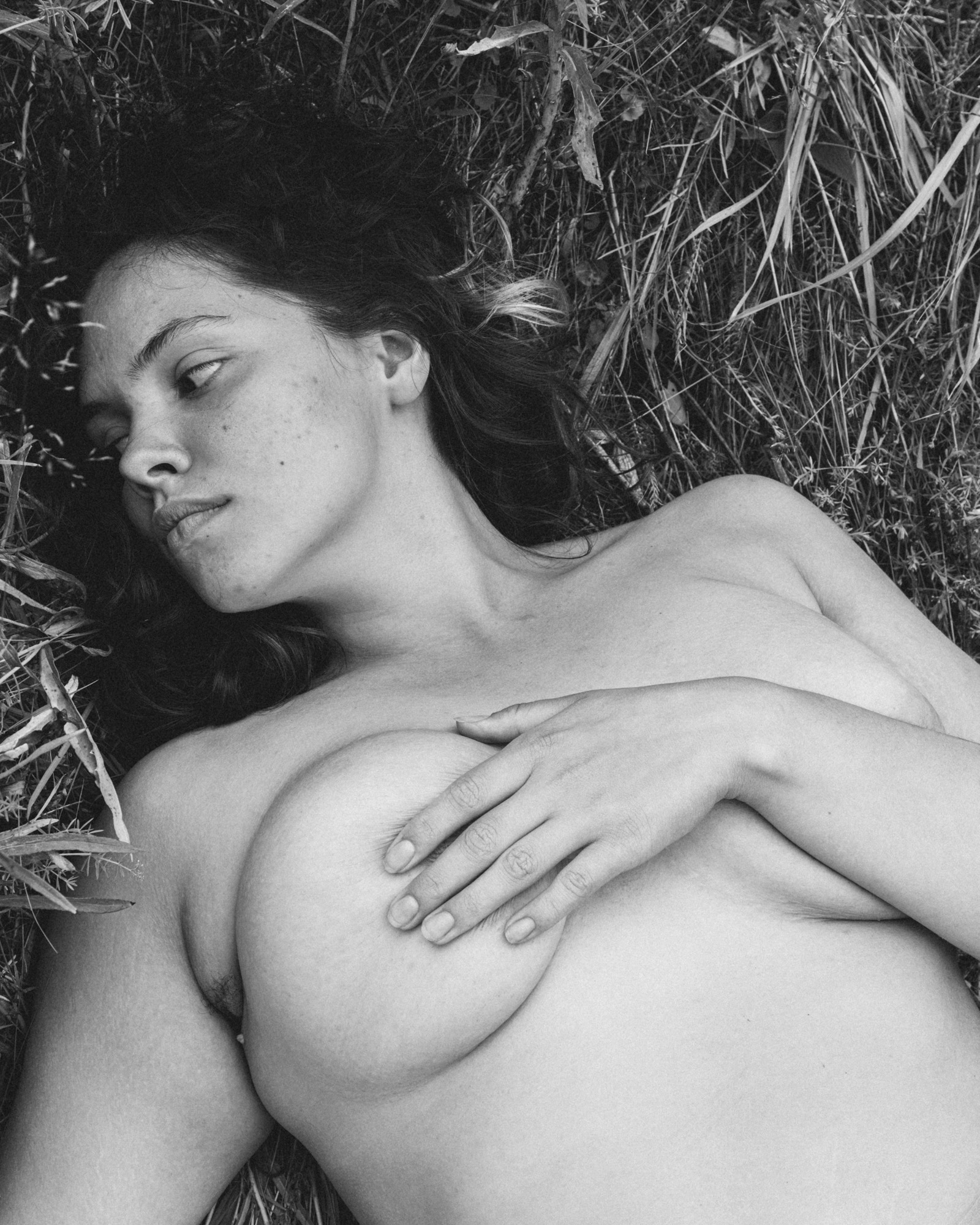
On your Instagram, apart from portrait shoots, you post your notes and observations of the world. Do you plan to turn them into a photographic project/photobook?
No, what's important to me at the moment is that these notes are not restricted by any format. It's as free a process as possible and helps me to explore the space around me in my own way. Right now, I just want to collect this archive without planning anything.
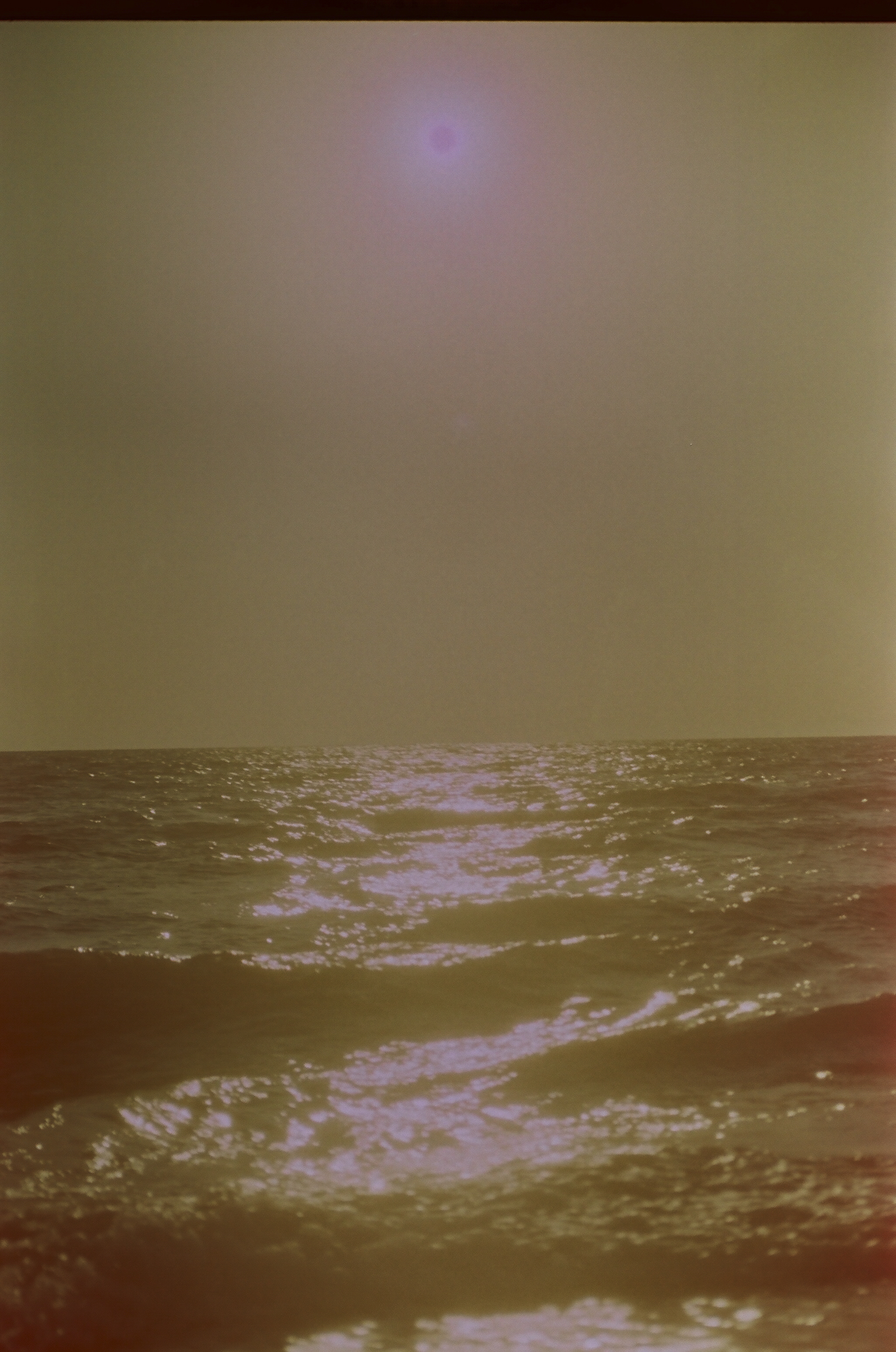
Do you have rituals before and during your shoots? How do you set up for your work? What inspires you?
I always go to a shoot an hour in advance. I'd rather be an hour early than five minutes early, and go straight to the set; taking my time is very important to me.
Are there times when you don't feel like working? In such cases, how do you motivate yourself?
Of course, there are times, I am human. The most difficult periods usually come after the busiest ones.
Usually, at such times, I try not to motivate myself, but to give myself more free time, get out into nature more often, go for walks alone, sometimes go on trips.
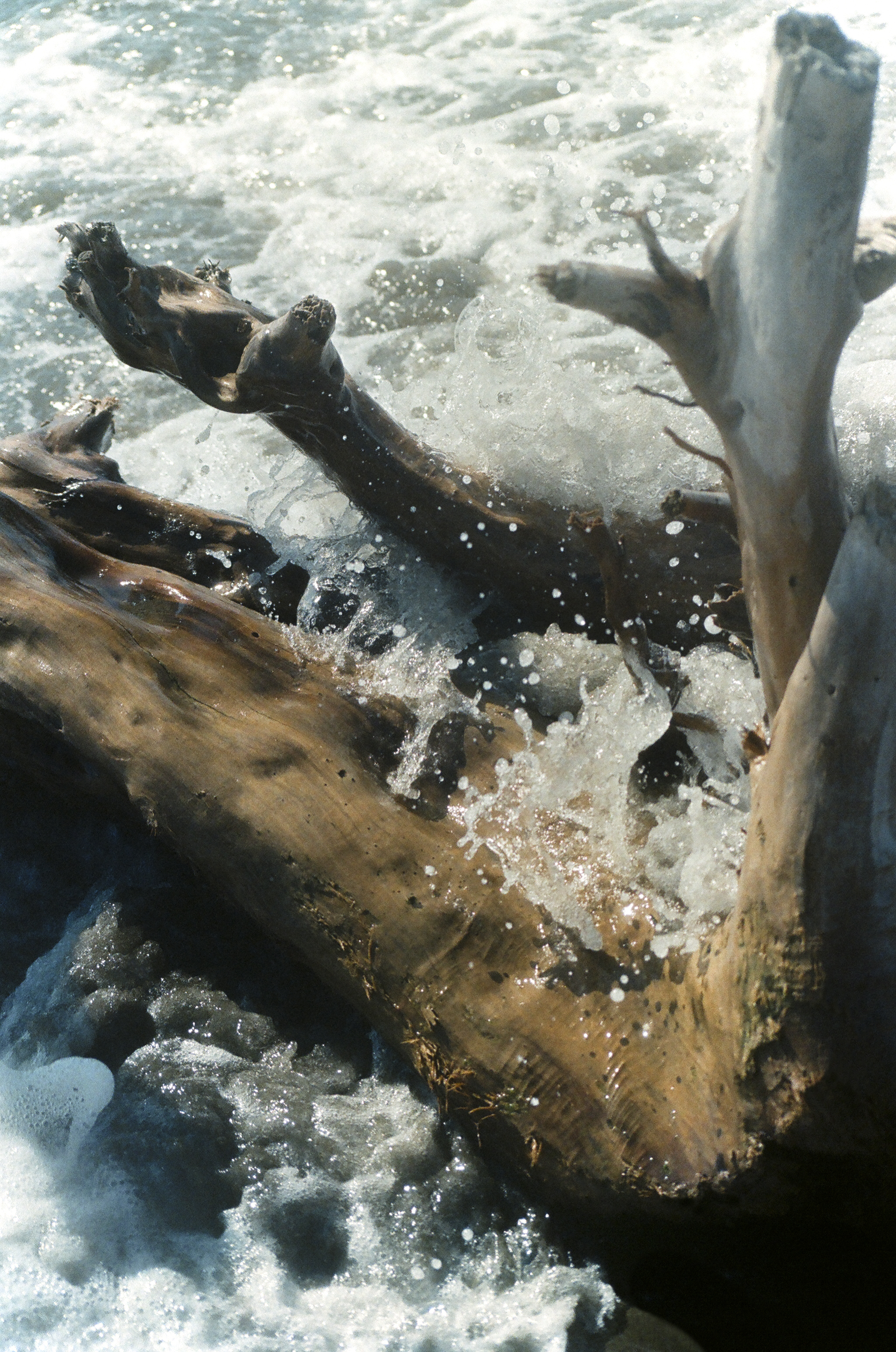
In all your works, there is a sense of calm and serenity, an attention to detail. Would you say that your photographs are in some way your self-portrait?
I think that any author's photographs tell a lot more about the author than they do about the subject, and mine is no exception.
Instagram of the artist